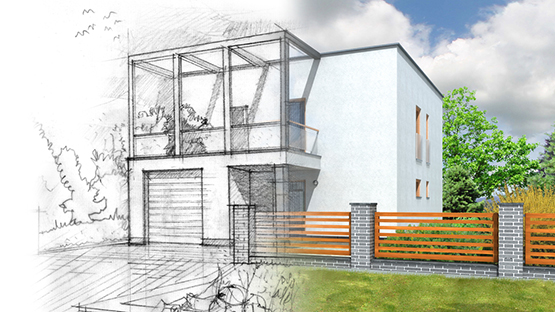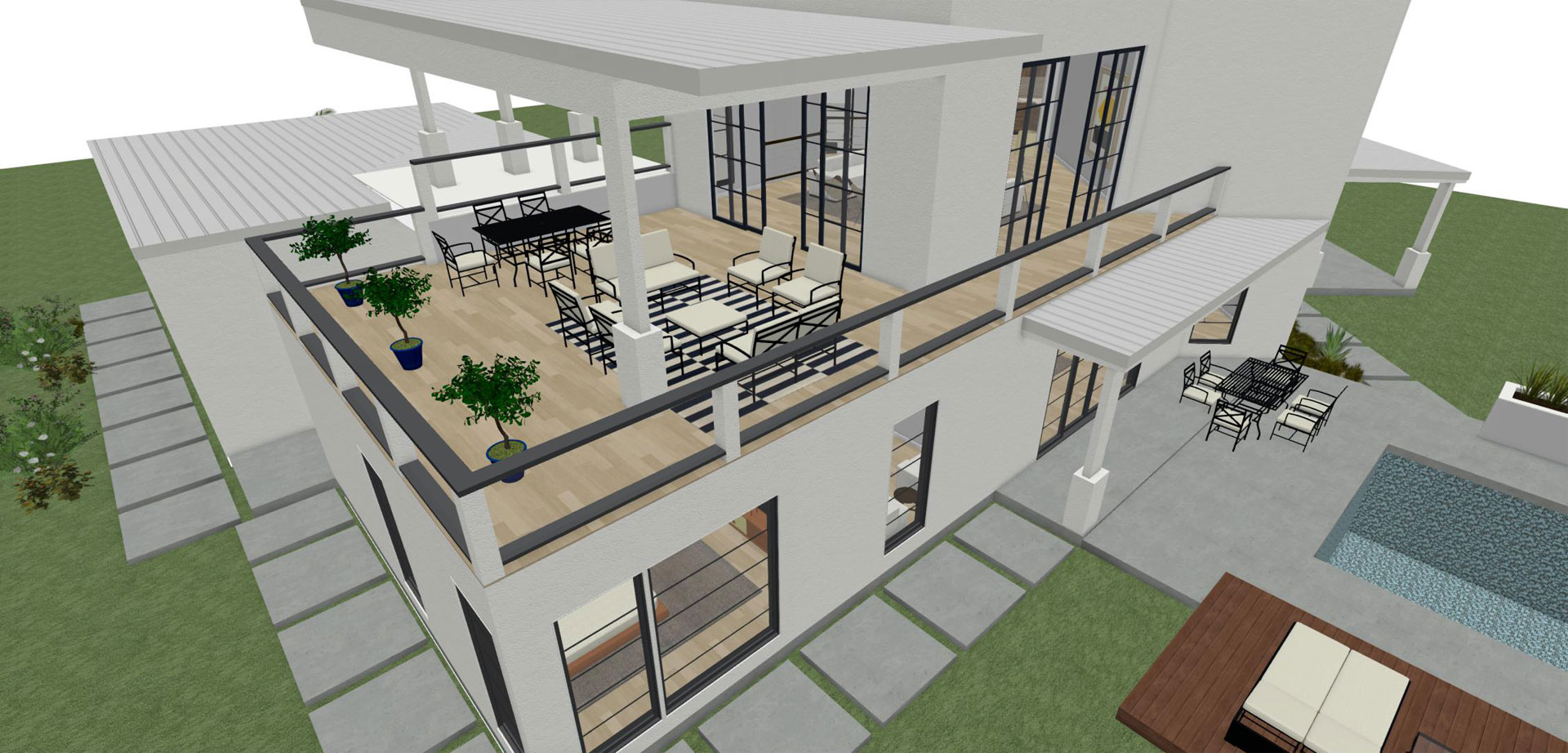Changing Rooms: The Vision of CDA Architects for Modern Living
Changing Rooms: The Vision of CDA Architects for Modern Living
Blog Article
An Extensive Review of Architectural Designs and Their Influence on Modern City Planning and Advancement
Architectural designs have long served as a mirror to the social worths and technical advancements of their time, playing a vital function in shaping contemporary city planning and advancement. From the splendour of Neoclassicism to the practical strategy of Brutalism, each design has presented unique principles that influence metropolitan looks and performance.

Historic Overview of Architectural Styles
Throughout history, building styles have developed in reaction to cultural, technological, and environmental elements. Each period reflects the prevailing values, beliefs, and improvements of its time, causing a rich tapestry of layout that signifies human creativity and adaptation. The old worlds, such as the Egyptians and Greeks, established foundational designs that highlighted balance and proportion, offering both useful and aesthetic objectives.
As societies transitioned with the Center Ages, Gothic style arised, identified by its verticality and detailed outlining, matching the spiritual aspirations of the era. The Renaissance noted a resurgence of timeless ideals, combining art and design in ingenious ways that influenced succeeding styles throughout Europe.
The Industrial Revolution presented new materials and building methods, prompting movements like Modernism, which tested standard forms and welcomed simplicity and functionality. The 20th century saw a diversity of designs, with Postmodernism responding versus the stark minimalism of its precursor, including historical references and eclectic components.
Today, architectural styles continue to develop, driven by globalization and sustainability problems, showing a dynamic interaction in between heritage and technology (cda architects). This historical introduction highlights the importance of architecture as a mirror of societal evolution and as a driver for metropolitan development
Secret Architectural Styles Explained
The variety of building styles mirrors the myriad influences that shape our developed atmosphere, each personifying distinct characteristics and social importances. Trick building styles consist of Timeless, Gothic, Baroque, Innovation, and Postmodernism, each representing distinct historical contexts and aesthetic approaches.
Classical style, rooted in ancient Greece and Rome, highlights balance, proportion, and the usage of columns. On the other hand, Gothic style, thriving between Ages, is defined by sharp arcs, ribbed vaults, and flying buttresses, producing an angelic quality in sanctuaries. Baroque architecture, emerging in the 17th century, is marked by splendour, intricate decoration, and a vibrant interplay of light and shadow.
Innovation, which got energy in the early 20th century, prioritizes feature over form, utilizing new products like steel and glass to produce minimalist frameworks. Postmodernism, reacting versus the austerity of Innovation, accepts eclecticism and historical recommendation, usually incorporating playful components and irony.
Comprehending these styles provides understanding right into the social narratives and technical innovations of their respective ages, highlighting exactly how design offers not equally as a shelter, but as a reflection of societal values and aspirations.
Effect On Urban Planning
In shaping the development of cities, building styles substantially influence urban preparation decisions. The selection of architectural style often dictates the appearances, capability, and total personality of city environments.
Moreover, building styles can influence zoning policies and land make use of policies. Urban coordinators should consider the prevailing architectural patterns when developing areas, ensuring that new developments harmonize with existing structures. This factor to consider promotes natural city landscapes and boosts community identity.
The execution of certain building styles can also influence socioeconomic elements within a city. Premium modern designs might bring in affluent homeowners and organizations, leading to gentrification, while extra budget friendly real estate remedies might focus on practical and learn this here now sustainable designs to suit diverse populaces. Ultimately, the interaction in between building designs and city preparation a fantastic read produces dynamic cities that show both historic context and modern needs, shaping the lived experiences of their residents.
Sustainability and Modern Architecture

Contemporary architectural motions, such as biophilic design and environment-friendly architecture, advocate for frameworks that harmonize with their surroundings, utilizing natural products and promoting biodiversity. These designs frequently integrate eco-friendly energy sources, such as solar panels and wind generators, to minimize reliance on nonrenewable fuel sources and lower carbon footprints.
In addition, the integration of innovative modern technologies, such as clever building systems, improves energy management, optimizing resource usage while making certain passenger convenience. Innovative water monitoring techniques, including rain harvesting and greywater recycling, more contribute to sustainable city settings.
Notably, sustainability expands beyond ecological worries; it incorporates social and economic measurements. By fostering area wellness and advertising inclusivity, contemporary architectural styles align with sustainable growth objectives. The evolution of architectural techniques continues to shape durable cities that not just fulfill the needs of the present however likewise guard the future for generations to come.
Neighborhood Involvement in Layout
Community engagement in design functions as a crucial bridge in between engineers and the populations they serve, guaranteeing that the constructed environment mirrors the needs and goals of its individuals. This joint procedure invites community members to contribute their understandings and choices, go to the website promoting a feeling of possession and duty towards the areas they populate.
Reliable area engagement employs different approaches, such as workshops, surveys, and public online forums, to collect varied perspectives. These methods promote a two-way dialogue, allowing architects to recognize local contexts while empowering citizens to voice their worries and desires. This inclusivity not just enhances the style top quality however likewise promotes social equity by resolving the special difficulties encountered by marginalized groups.
Furthermore, community involvement can result in innovative solutions that might not arise in a conventional style process. By integrating regional knowledge and cultural worths, architects can develop spaces that reverberate more deeply with customers, improving usability and sustainability. Inevitably, focusing on area interaction in layout processes results in environments that support social communications, support health, and strengthen community connections, therefore playing a critical duty fit modern-day metropolitan landscapes.
Final Thought
Architectural styles have greatly influenced contemporary city planning and development, mirroring developing cultural and technological contexts. As cities continue to expand and adjust, the continuous discussion between architectural heritage and modern-day layout principles will certainly stay necessary in developing comprehensive, dynamic spaces that improve quality of life and advertise social equity.
Report this page